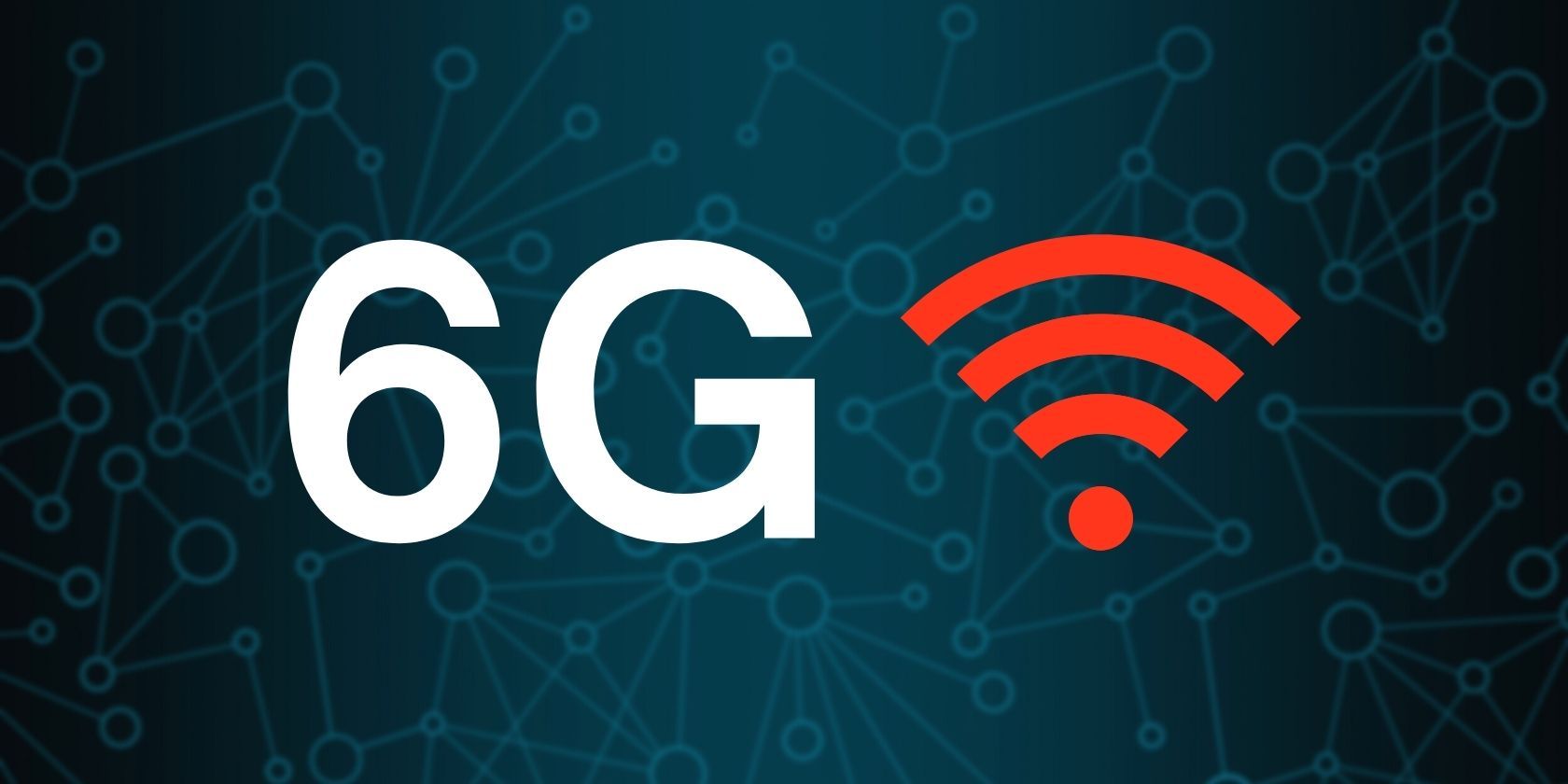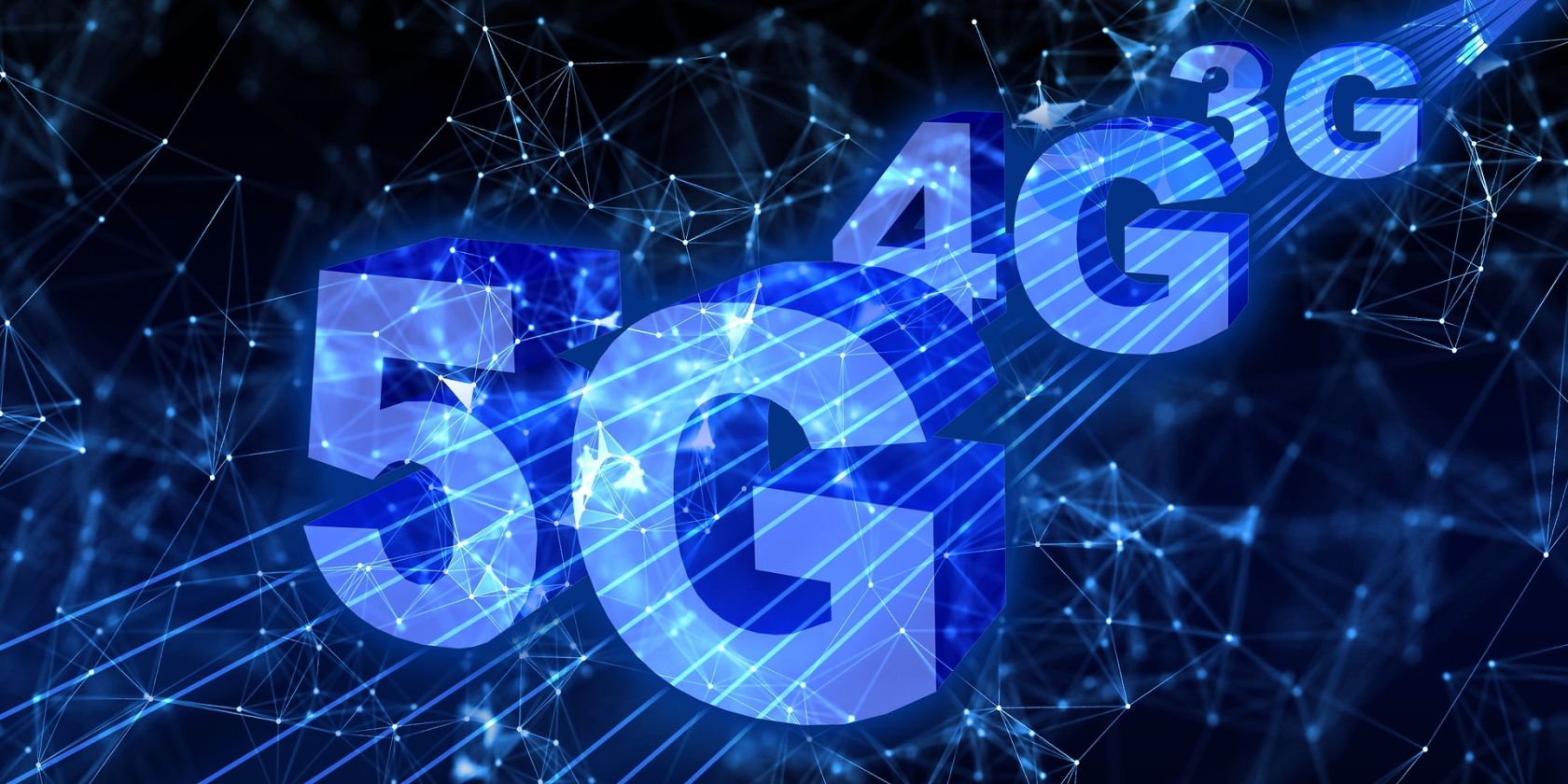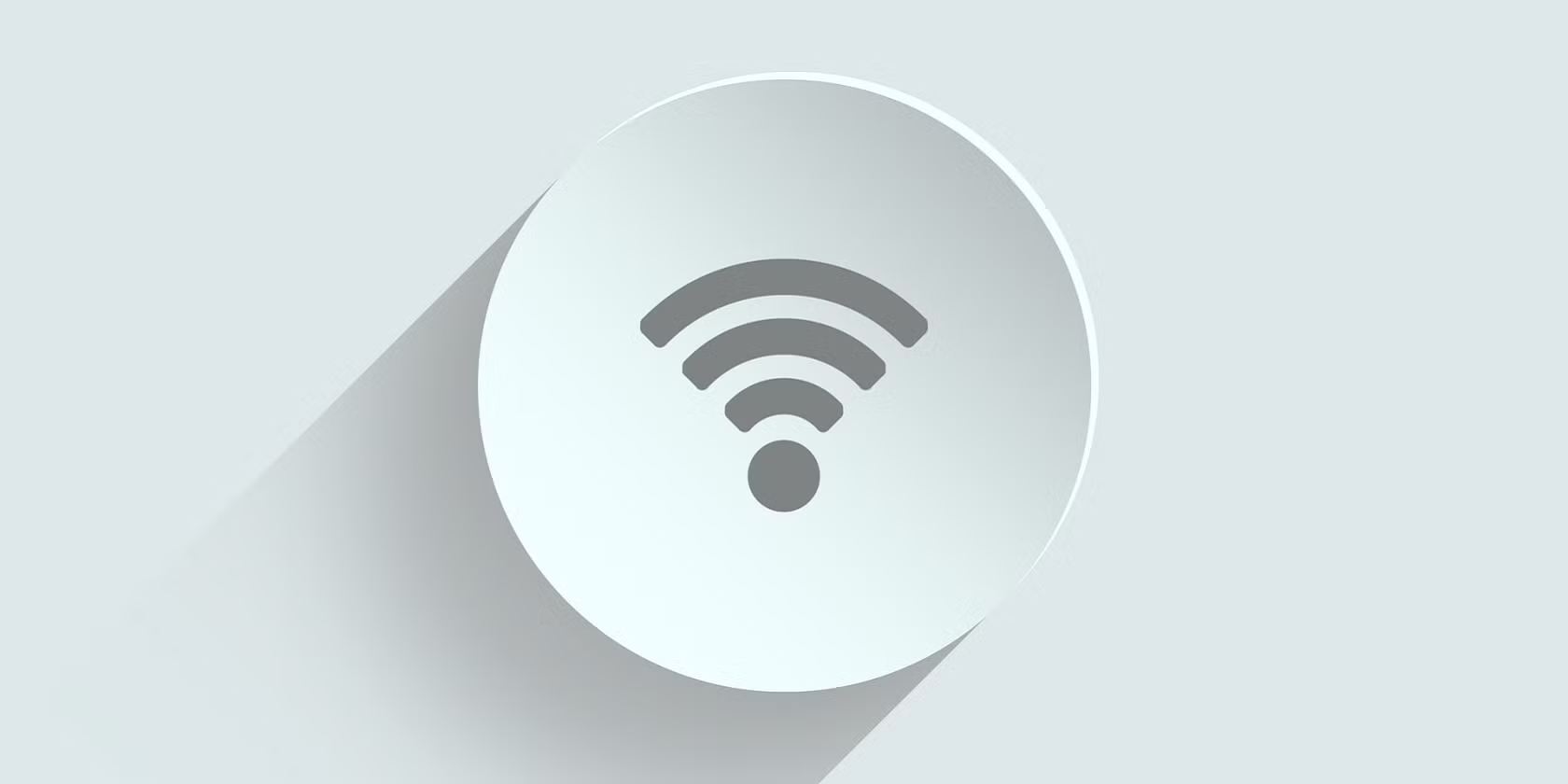While 5G has yet to become mainstream, especially in developing countries, we might already have a peek at how 6G will one-up its predecessor. And this isn't surprising in the tech industry, as the telecom giants are always on the lookout for technologies that serve future generations.
Although everything we know about 6G is still theoretical, it will certainly be an extension of the existing 5G network.
6G could expand cutting-edge technologies like AI, robotics, and automation into newer dimensions. Let's see how it may differ from 5G.
The Evolution of Cellular Networks (From 0G to 6G)
The first wireless transmission in history took place in 1895. An Italian inventor, Guglielmo Marconi, transmitted morse code wirelessly across 3.4 kilometers using radio waves. Almost a century later, in 1973, the first wireless mobile phones were demonstrated, referred to as 0G mobile phones. This was a pivotal moment for wireless communications.
Soon after this invention by Martin Cooper, an engineer at Motorola, telecom companies started developing the first generation "1G" mobile network. It had a bandwidth of 30kHz and a speed of 2.4Kbps allowing only voice calls. Although 1G had poor voice quality and limited capacity, it was used until 1991.
Leaving 1G behind, 2G mobile phones hit the markets in the 1990s, allowing users to send SMS, email, and even browse the internet at lower speeds. It offered bandwidths from 30kHz to 200kHz; continuous advancements increased the speeds to 384Kbps.
From here on, the advancements in wireless technology snowballed and we saw a new generation every decade. 3G expanded upon 2G, with speeds over 50 times faster which facilitated video calls and internet-based applications. Then, 4G arrived with speeds 50 to 500 times that of 3G with lower latency and HD videos.
Now, we have 5G with a peak speed of 20Gbps, with Qualcomm claiming that 5G will benefit the integration of IoT, automation, and extreme reality (XR). Eventually, 6G will outperform 5G—making even the most unthinkable technological feats possible. Let’s now take a closer look at what 6G is and the potential benefits it offers.
What is 6G?
6G will emerge as the sixth generation of wireless communications succeeding the 5G wireless technology, which is still untapped in many countries. 6G uses tremendously high frequency (THF) waves, also known as sub-millimeter waves, to achieve speeds 100 times faster than 5G—which, in comparison, uses millimeter waves (mmWave).
Enabling 6G, the latency is expected to be less than one microsecond with increased bandwidth to accommodate enhanced connectivity. In other words, this next-gen technology is set to bridge the gap between the digital and the real world.
In its "Samsung Networks: Redefined" event, the Samsung mentions that it has already made significant progress in its roadmap of a Hyper-connected experience through 6G, by achieving 50 times the speed and one-tenth the latency of 5G.
6G to Open New Horizons
Along with its unfathomable speeds and micro-second latencies, 6G is also expected to be highly reliable and support an enormous amount of real-time data processing, making it easy to work with big data.
It will be the product of the integrated advancements in wireless communications and other technologies such as sensing, imaging, displaying, and AI. Apart from optimizing autonomous technologies, these are some of the advancements that the next-gen terahertz wireless tech may give rise to.
Immersive Extended Reality (XR)
Extended Reality (XR) is a term that encapsulates Virtual Reality (VR), Augmented Reality (AR), and Mixed Reality (MR). XR will open new doors in various fields including entertainment, medicine, science, education, and manufacturing industries.
The concept gained popularity when 5G arrived, but due to the current hardware limitations and lack of wireless capabilities, 5G won’t be able to support XR. This is where 6G fills in the gaps. The relevant hardware is expected to be available by the time 6G deploys and with both combined, XR will become a reality.
Mobile Holograms
The advancements in high-resolution rendering, wearable displays, and ultra-speed wireless networks will enable mobile devices to display holograms. Holographic display requires a high rate of data transfer, that 6G provides.
Given the above, you might question how realistic this technology would actually feel. Although we don’t know for sure yet, our best guess is it will be similar to what Google showed us with its new initiative Project Starline at the Google I/O Keynote 2021.
To put this in perspective, a hologram over a 6.7-inch display mobile device requires a speed of 580Gbps, which is only possible with 6G. To make this possible, advancements in AI can prove to be useful in the compression, extraction, and rendering of holographic data.
Digital Replica
A digital replica is a virtual copy of a real physical entity acting as a real-time digital twin. Through digital twins, users will be able to observe, monitor, and explore the real entities in a virtual environment without spatial and temporal constraints.
With XR and holographic displays combined, users can go beyond observation and interact with said digital twins. Through the integration of robotics and Digital replication, users can physically move a robot in the real world by virtually controlling its digital twin.
Although it's hard to explain it all given the highly novel nature of this technology, digital replication will pave the path to groundbreaking advancements in various fields.
What Challenges Must 6G Overcome?
6G will change the way we perceive information, communicate with people and machines, and experience life. To achieve all this and more, it requires tremendous improvements in hardware and computing capabilities of mobile phones, and extended network performance compared to 5G.
The biggest challenge for 6G is to counteract the atmospheric absorption and severe path-loss of the terahertz waves. The current 5G networks face this issue too—users reported a loss of signal when obstructed by a tree or building.
Samsung’s 6G white paper mentions several ‘candidate’ technologies that can potentially solve this problem. Some of these technologies include mesh-type network topology, spectral sharing, comprehensive AI, and other novel technologies.
6G and Sustainability
With climate change becoming an increasingly complex global issue, making sustainable progress is crucial. Luckily, we have some good news. According to the World Economic Forum, digital technologies—including 5G—could reduce worldwide emissions by 15% by 2020. And with increased efficiency and sustainability standards, 6G aims higher.
6G is expected to play a major role in achieving the UN's sustainable development goals (SDG). Virtualization will enable sustainable production and consumption of energy resources. The hyperconnectivity and access to information that 6G provides will improve the standards of living across the globe.
6G: A True Sci-Fi Future to Come to Life?
6G is still untapped territory for the most part, and for good reason. Granted, it has a long list of challenges to overcome and is not coming to us anytime soon, but the benefits it offers are too revolutionary to not talk about.
6G will add a whole new dimension to existing emerging technologies like cloud gaming, cloud storage, VR, AR, and the like. More importantly, it will help pioneer new technologies such as XR, holographic displays, and digital replication—an inevitable step in the future of wireless tech.



